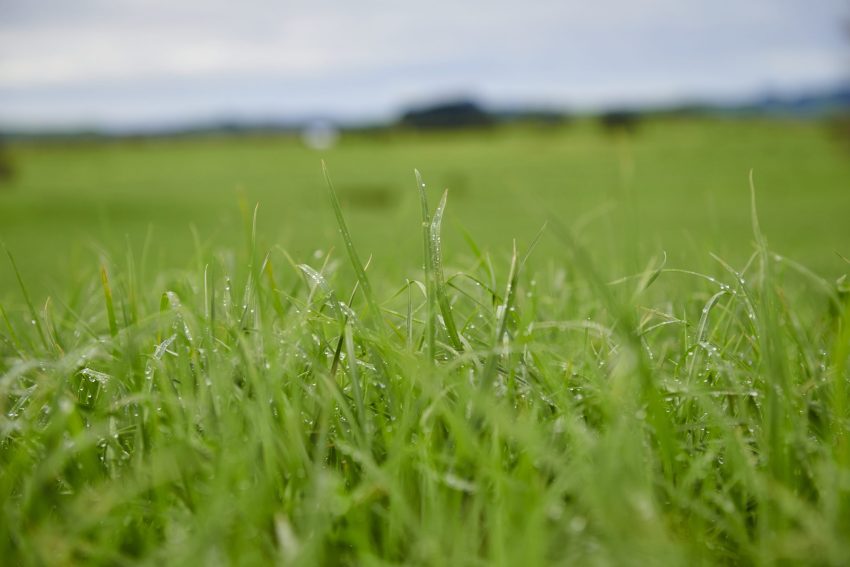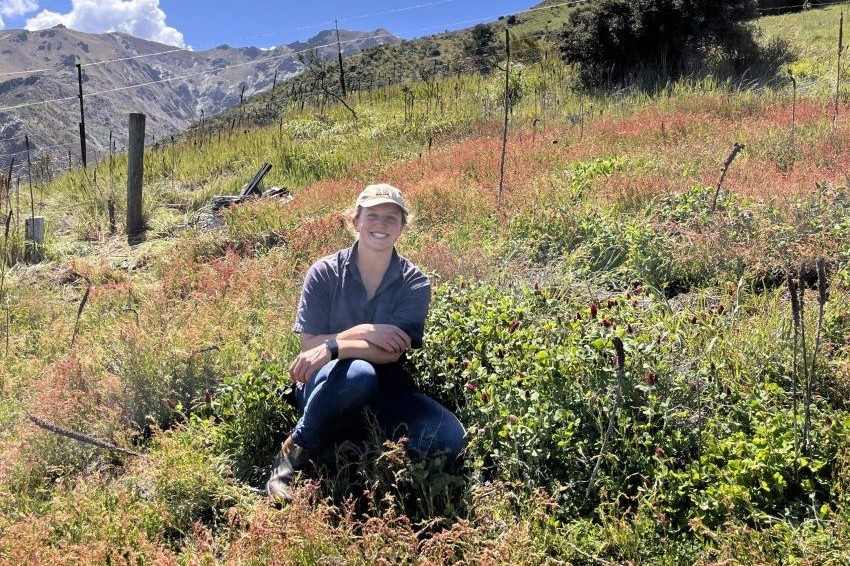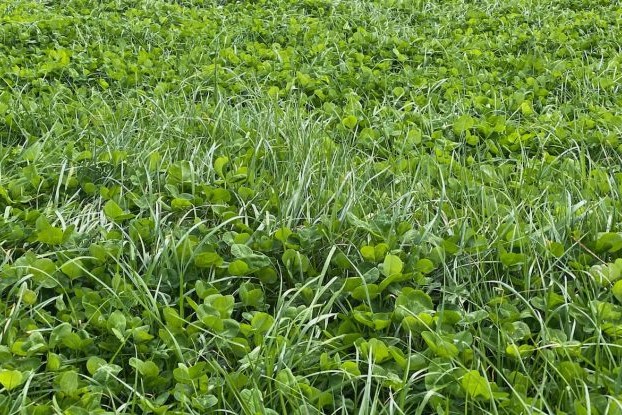Summer forages a double win
Crops like Pallaton Raphnobrassica, lucerne, Relish red clover, Ecotain plantain-clovers, Sika chicory-clovers grazed in the summer show promise in a recent study for reducing worm challenge in lambs on farms which can help with drench resistance issues through less drenching, while also lifting lamb growth rates. Words Sarah Perriam-Lampp.
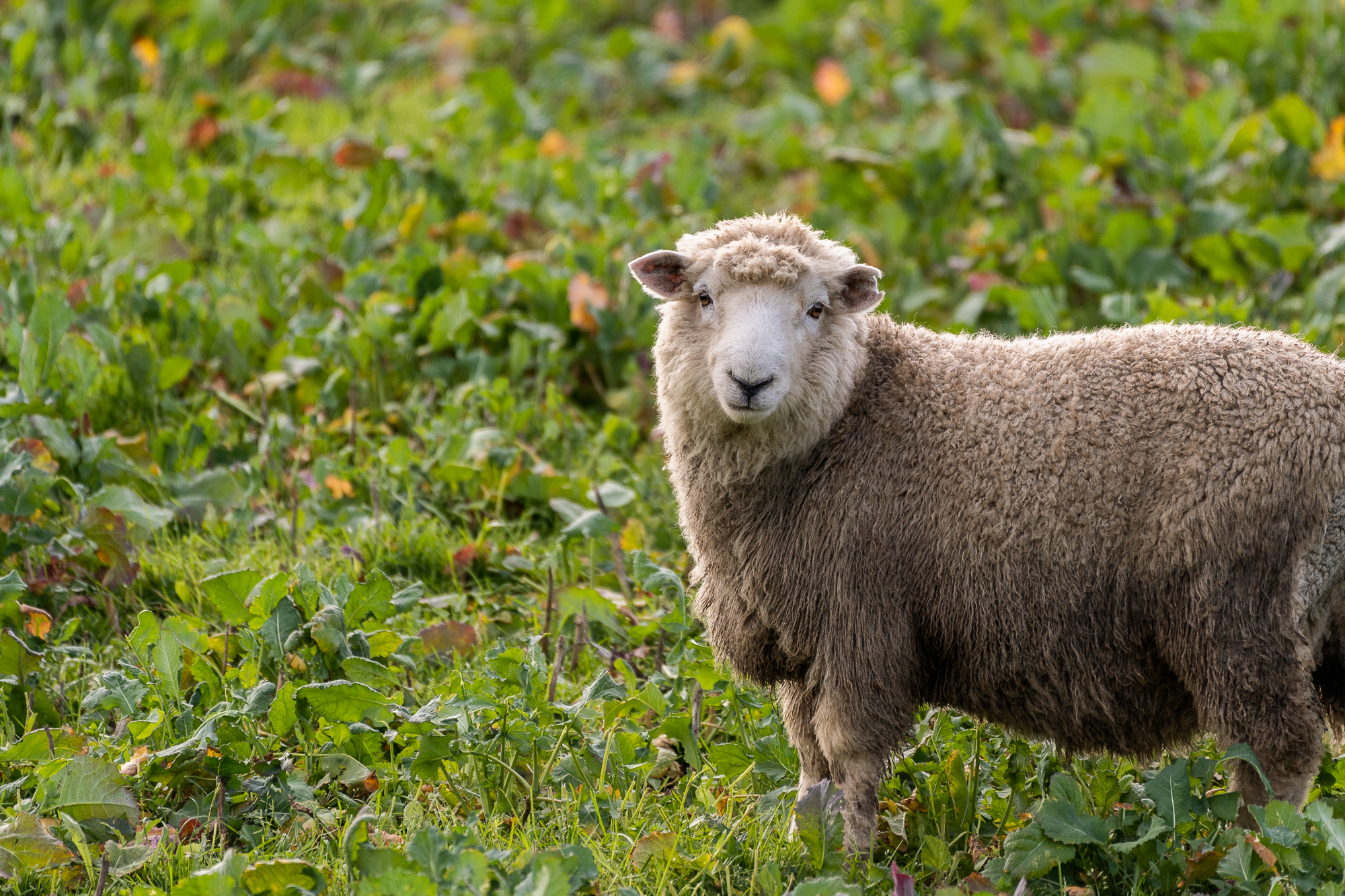
As resistance to chemical drenches spreads across the country, farmers are increasingly seeking tools beyond the drench gun to manage internal parasites. A recent two-year collaborative study between PGG Wrightson (PGW) and PGG Wrightson Seeds (PGW Seeds) showcases how forage crops in summer play a pivotal role in mitigating worm challenge as summer forage crops offer a less hospitable environment for worm larvae than traditional pasture.
“Most of the information out there is doom and gloom. Farmers are switching off,” says Jason Leslie, PGG Wrightson’s Technical Expert in Animal Production. “This trial’s aim was to bring the focus back to positive, actionable strategies on farm to reduce worm challenge and support animal health.”
The trial began in December 2023 and ran across two summers. It was conducted in collaboration with Dr Charlotte Westwood, PGG Wrightson Seeds Veterinary Nutritionist at both controlled plots at PGG Wrightson Seeds’ facility in Lincoln, Kimihia Research Farm and commercial farm systems across Waikato, Tararua, Canterbury and Southland.
“Our goal was to determine whether forage crops create an environment less friendly for worm larvae, thereby extending the period before lambs require re-drenching,” explains Jason.
How long can weaned lambs graze pasture or forages before becoming reinfected with worms after the initial drench?
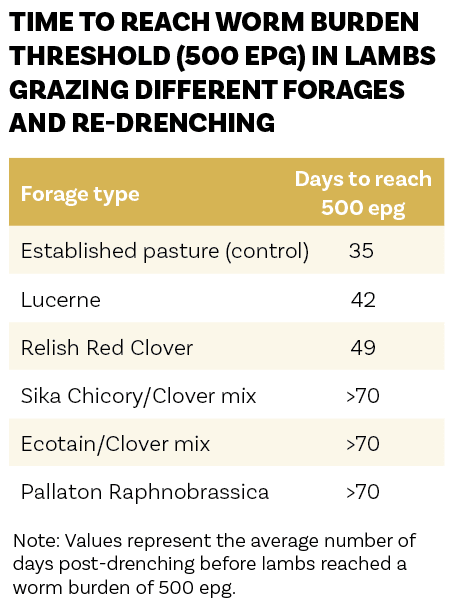 Lambs were drenched with a gold-standard novel quarantine drench, Zolvix Plus, before being introduced to both a controlled established pasture plot and summer forage plots which included Sika chicory-clover mixes, Ecotain plantain-clover mixes, Relish red clover,lucerne and summer brassica like Pallaton Raphnobrassica.
Lambs were drenched with a gold-standard novel quarantine drench, Zolvix Plus, before being introduced to both a controlled established pasture plot and summer forage plots which included Sika chicory-clover mixes, Ecotain plantain-clover mixes, Relish red clover,lucerne and summer brassica like Pallaton Raphnobrassica.
The control pasture plots showed a sharp increase in worm eggs output by day 35 after the initial drench, quickly surpassing the 500 eggs per gram (epg) threshold being the accepted trigger point in this trial for re-drenching to avoid animal health and growth rate implications. “Pasture, while nutritious, is the perfect storm for worm build-up as it gives worms a hiding place, so that reinforced what we see every summer in a typical New Zealand ryegrass pasture grazing system,” says Charlotte. From there, the study monitored worm burden through faecal egg counts starting at day 28 and continuing weekly to monitor at what day the plot’s average across the mob of lambs hit the 500 eggs per gram.
Why are forage crops more effective?
Jason says it lies in their growth habits and the environment they create. “Forage crop mixes like Sika chicory/clovers and Ecotain plantain/clover
have erect, open canopies, which reduce the humidity and shade that worm larvae thrive in,” he explains. “Additionally, these crops encourage lambs to graze higher up the plant, away from the soil where larvae are most concentrated.”
This aligns with findings from Beef+ Lamb New Zealand, which notes that 50–70% of worm larvae reside in the lower 2.5cm of pasture and the top
1cm of soil. Results for lambs grazing on lucerne and Relish red clover were more variable. While still an improvement over pasture, Jason stresses that these plots often included residual grasses in the headlands and/or weeds in the sward – ideal hiding spots for infective larvae. “If there’s grass, it starts acting like pasture again.”
The effectiveness of lucerne and Relish red clover depends heavily on crop purity and paddock management. “If you want maximum effect, you’ve got to do the agronomic work – clean paddocks, control weeds, and prevent access to grass on headlands. The more crop and only crop they eat, the longer the benefit.”
Despite the strong results, Jason is quick to clarify: this isn’t a silver bullet. Farmers still need to monitor.
“Don’t just grab the drench gun on Day 28! Using summer forage crops means you can practically reduce worm challenge and lift growth rates.” – Jason Leslie, Technical Expert Animal Production, PGG Wrightson
“Don’t just grab the drench gun on day 28 – grab a pottle and gloves instead,” he advises. Jason says that monitoring faecal egg counts and liveweight gain remain essential to detect worm build-up before it impacts growth.
The implications of these findings go far beyond that single paddock. Jason states that using summer forages for weaned lambs can be a game changer for reducing whole-farm worm challenge and increasing growth rates.
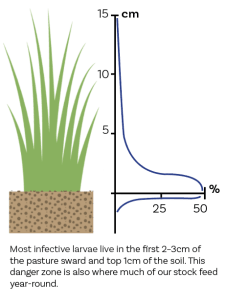 “By using these forages, you’re not only feeding lambs better, but you’re also not contaminating the rest of your farm with worm eggs,” Jason says.
“By using these forages, you’re not only feeding lambs better, but you’re also not contaminating the rest of your farm with worm eggs,” Jason says.
He points out that grazing forages provides a more intensive finishing system so therefore spells more of the farm – especially going into autumn when ewes are most vulnerable.
Decontaminating pasture once it’s been grazed by infected lambs can take weeks to months. Some larvae can survive up to 8–12 months, especially in cool, moist conditions.
Summer forages also support improved liveweight gains. While pasture-fed lambs average 130g per day post-weaning, lambs on forage crops reached 200–230g per day.
“That’s faster finishing, better store lambs, and stronger replacements,” Jason notes.
Effective spray out of the existing pasture before direct drilling is recommended, or better yet, cultivating your paddock to disrupt the larvae’s environment and high UV exposure can help reduce larval survival, making summer cropping a helpful tool in paddock decontamination.
“Like any tool, their success depends on how they’re used as part of whole farm system change. To get the best out of these crops, farmers need to monitor, manage crop purity, and think about the bigger picture of worm control across the farm.”


